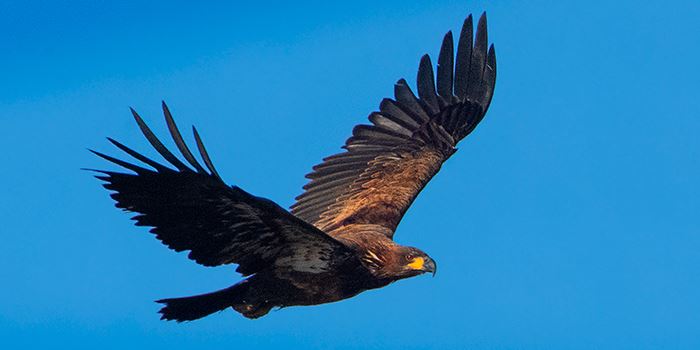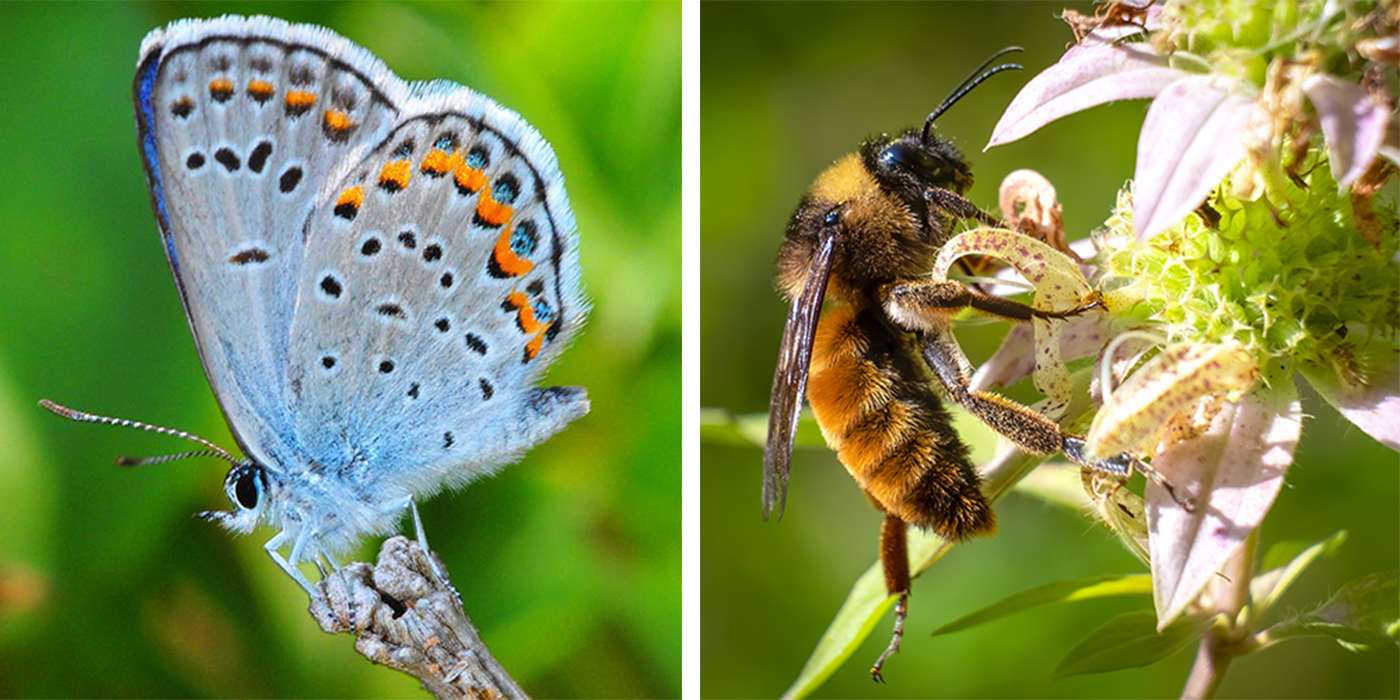Celebrate Endangered Species Day, May 16

By Karen Menard
Endangered Species Day is an annual event, celebrated on the third Friday of each May. This special day serves as a reminder of the importance of conservation efforts essential for the continued support of our planet’s amazing array of biodiversity.
Endangered species not only include easily recognized animals living across the globe, like the Orangutan and Tiger but others that actually live not too far from your own front door in northwest Ohio. They come in all sizes—from whales to small, mud-covered mussels buried on the bottom of a stream. Size does not matter here; however, each and every one of their roles in our environment does.
Many themes in their stories are the same—shrinking habitats, changes in land development, pesticide use, pollution, and disease. Yet, it’s also no surprise that, additionally, another theme points to the fact that many of these species were considered “common” in places at one point of their life on earth.
The Bald Eagle is a good example of a species that was “common” in some places in Ohio during the 1800’s. By the 1930’s, their numbers were on the decline; and by 1973, numbers sunk to only 400 breeding pairs in the U.S, causing them to be one of the first species listed under the Federal Endangered Species Act. This important Act was passed by Congress and signed into law recognizing that many types of plants and animals were in danger of becoming extinct—or disappearing forever. Its purpose serves to protect species and to provide a pathway for recovery.
In Ohio, the Ohio Department of Natural Resources identifies both plant and animal species of greatest conservation need through certain protected categories like endangered, threatened, species of concern and special interest, under the Ohio Revised Code. Endangered status is defined as, “a native species or subspecies threatened with extirpation from the state.”
Through vigorous recovery efforts in the U.S. and Ohio, the once endangered Bald Eagle population increased from only 4 nests in 1979 to 910 nesting pairs in Ohio last year! Special funding, habitat protection programs, plus the addition of Ohio volunteer programs that assisted biologists in gathering nest data contributed to the species’ overall recovery success. The Bald Eagle can now easily be considered much more common than it was years ago. Fortunately, the only disappearance here was its name under the category of “endangered.”

So, let’s celebrate Endangered Species Day this year with a goal of supporting conservation efforts to help keep the status of our amazing, common native species that we share our environment with—“common!” Remember the Monarch butterfly? It’s not considered common anymore, as its population has declined drastically and now is currently being proposed protection under the Endangered Species Act.
This year’s theme is: “Celebrating the Conservation of Species,” which highlights our continued actions to protect biodiversity. Consider taking some time this weekend or over the next week to share in this celebration by participating in one or more of the suggested activities on the list below.
Photos: Juvenile Bald Eagle: Art Weber (header); Karner Blue butterfly (stock); American Bumble bee (stock)
- Become more aware of the total number of current threatened and endangered species on our planet by clicking this link for the lists. Share some of your new knowledge with someone else.
Species
State Listed Species
- View this 3 minute video of the book Vanishing that shows photos of 287 animals that are near extinction.
- Volunteer your time with a scientist doing great work studying wildlife and their habitats by helping to sort, classify and review important biological data on the website [Visit].
- Take a hike in a new Metropark location and take a wildlife or plant photo of a species that you are not familiar with. Identify it and note your new information learned.
- Pick up litter in your neighborhood and/or take a walk along the river or other fishing area and collect any discarded fishing line you may find.
- Plant a native pollinator garden that includes milkweed, the host plant for the monarch butterfly and other native plants to attract the American Bumble bee, still found in northwest Ohio
American Bumble Bee [Learn More]
Monarch Butterfly [Learn More]
- Volunteer your time or donate to a conservation-based organization.
- Expand your knowledge of other endangered species in northwest Ohio, like the Northern long-eared bat [Learn More].
“The natural world is the greatest source of excitement, the greatest source of visual beauty, the greatest source of intellectual interest. It is the greatest source of so much in life that makes life worth living.” David Attenborough